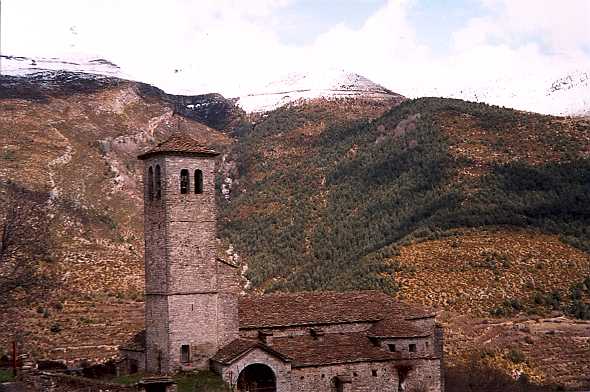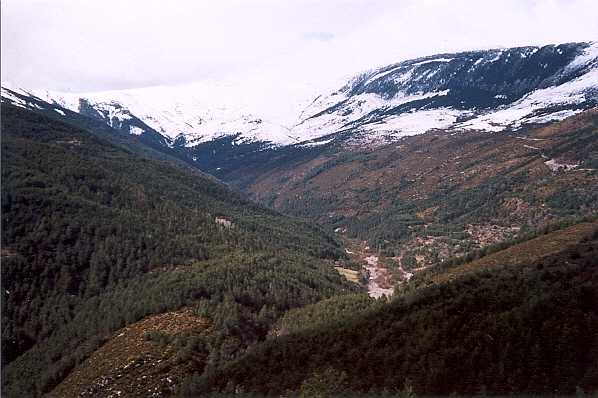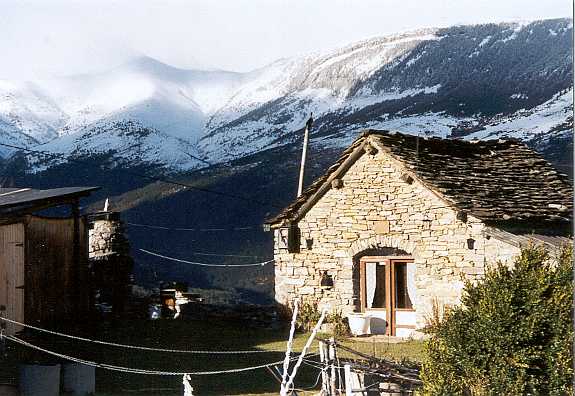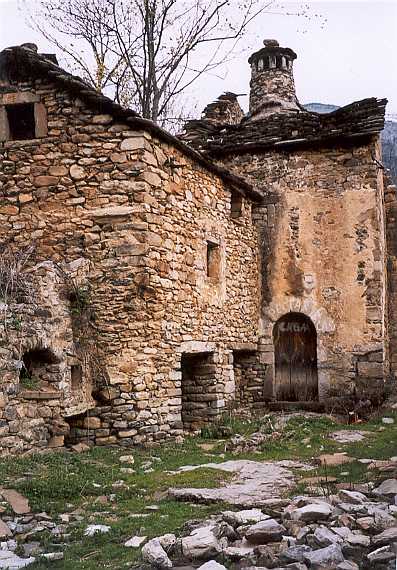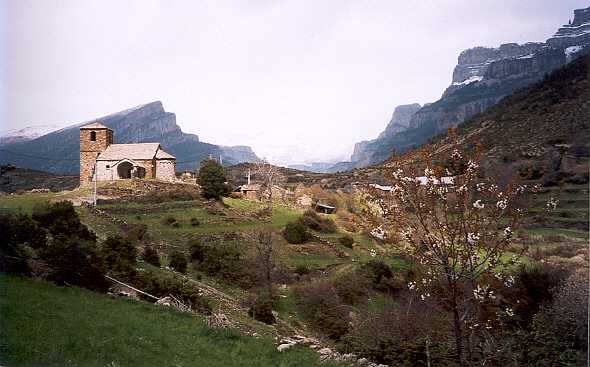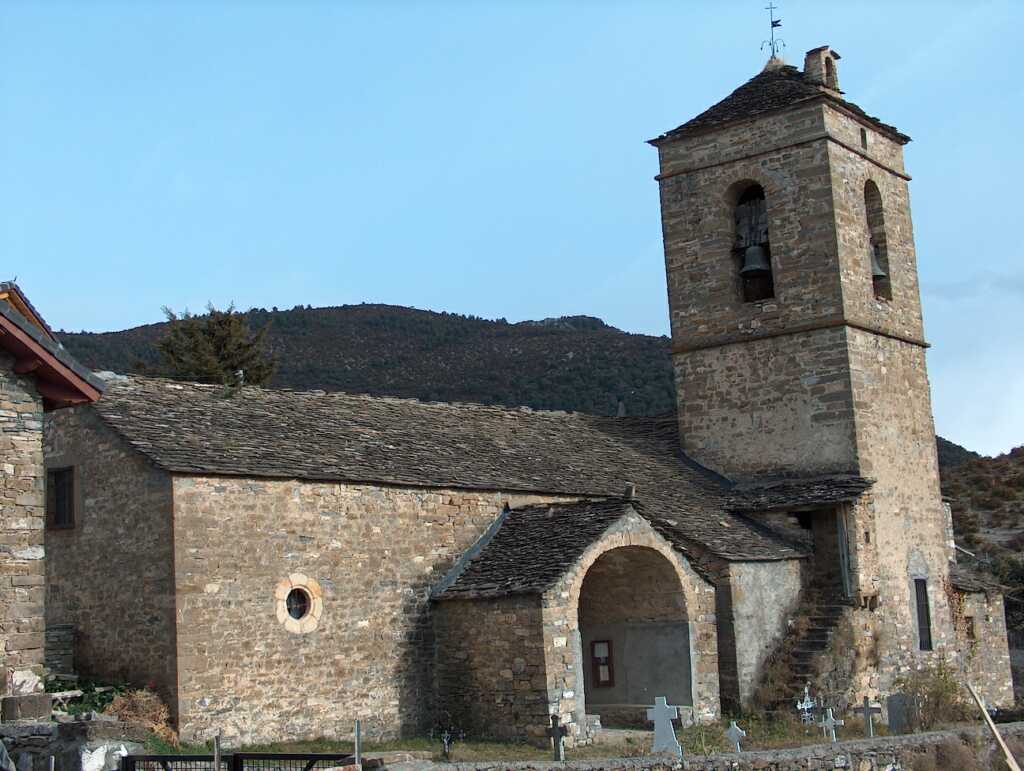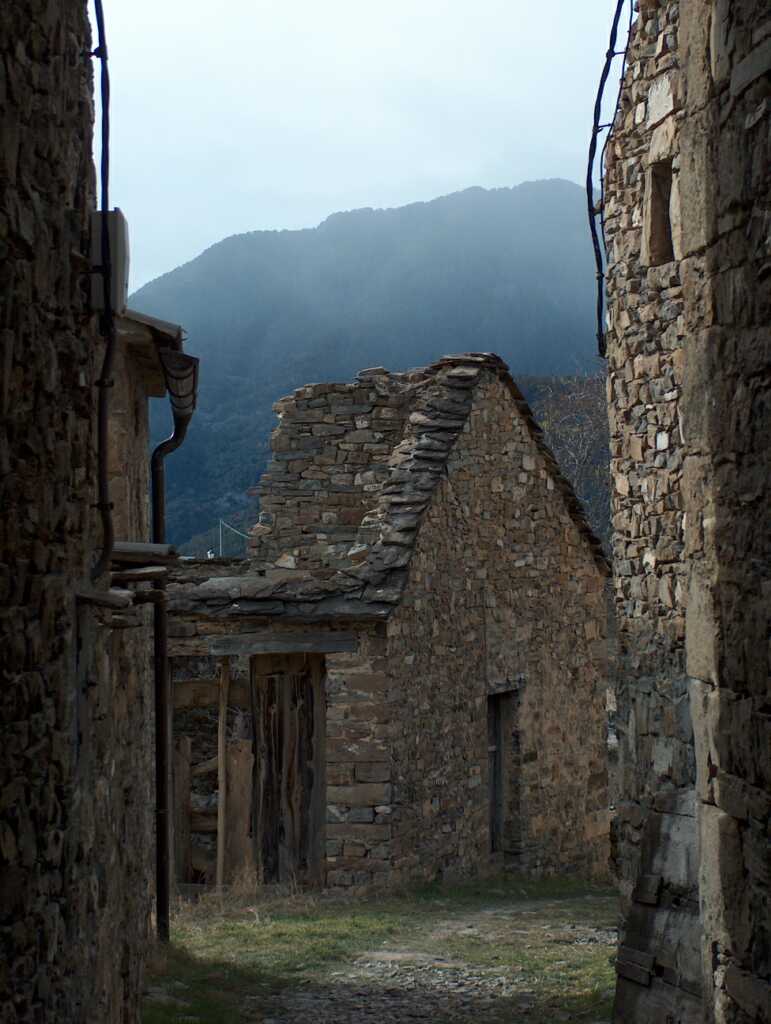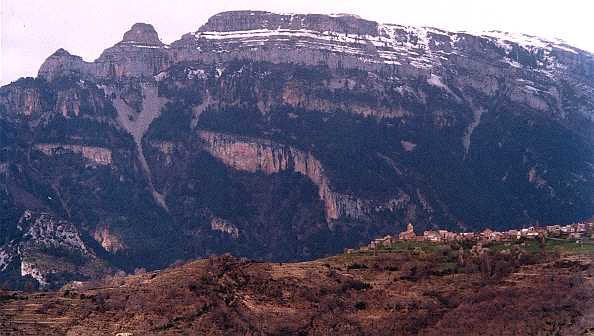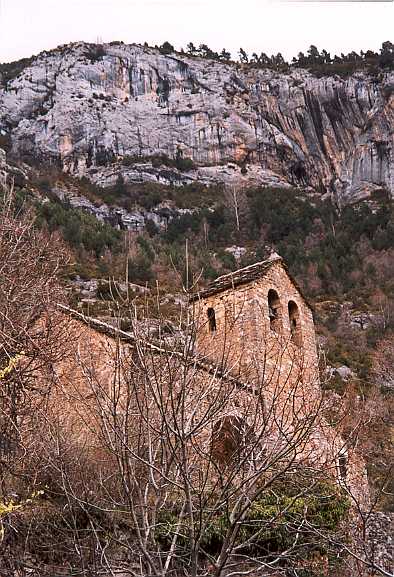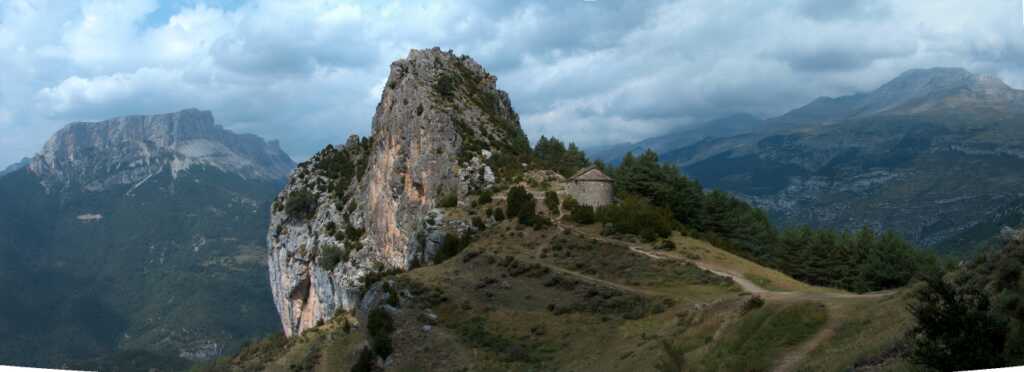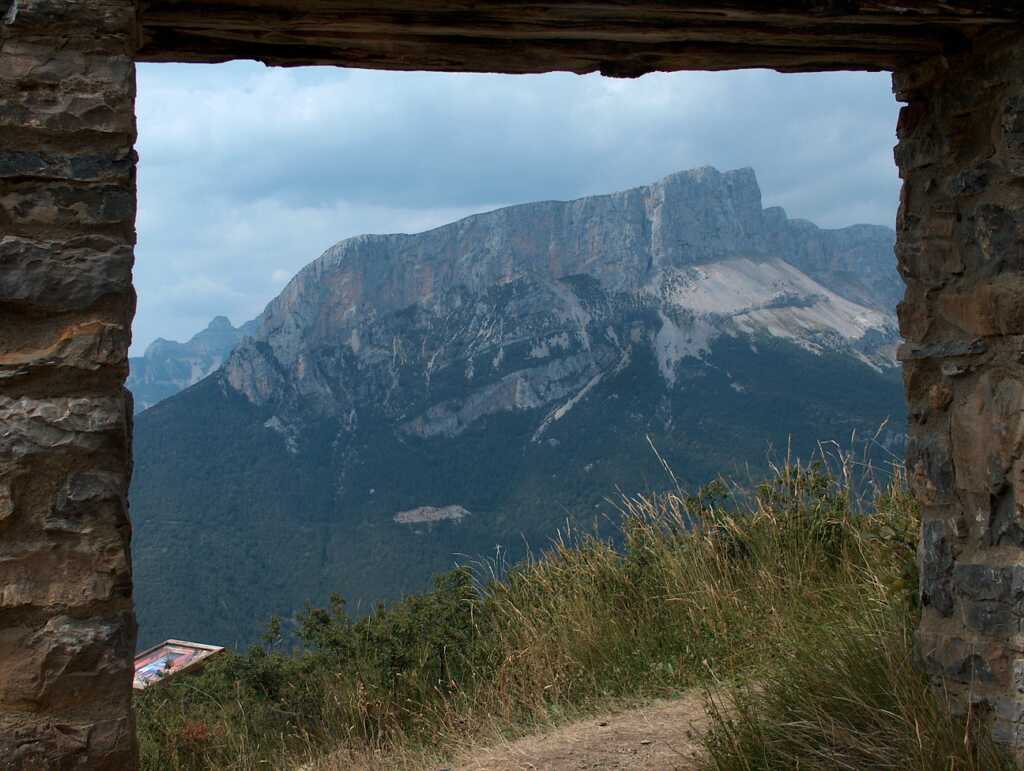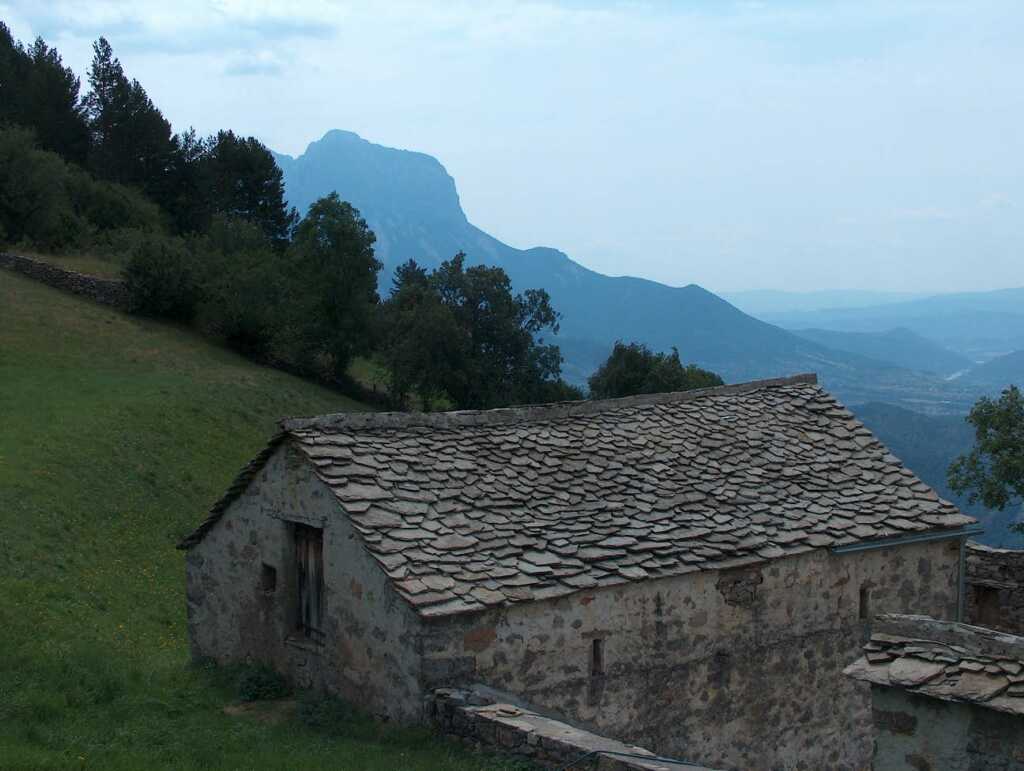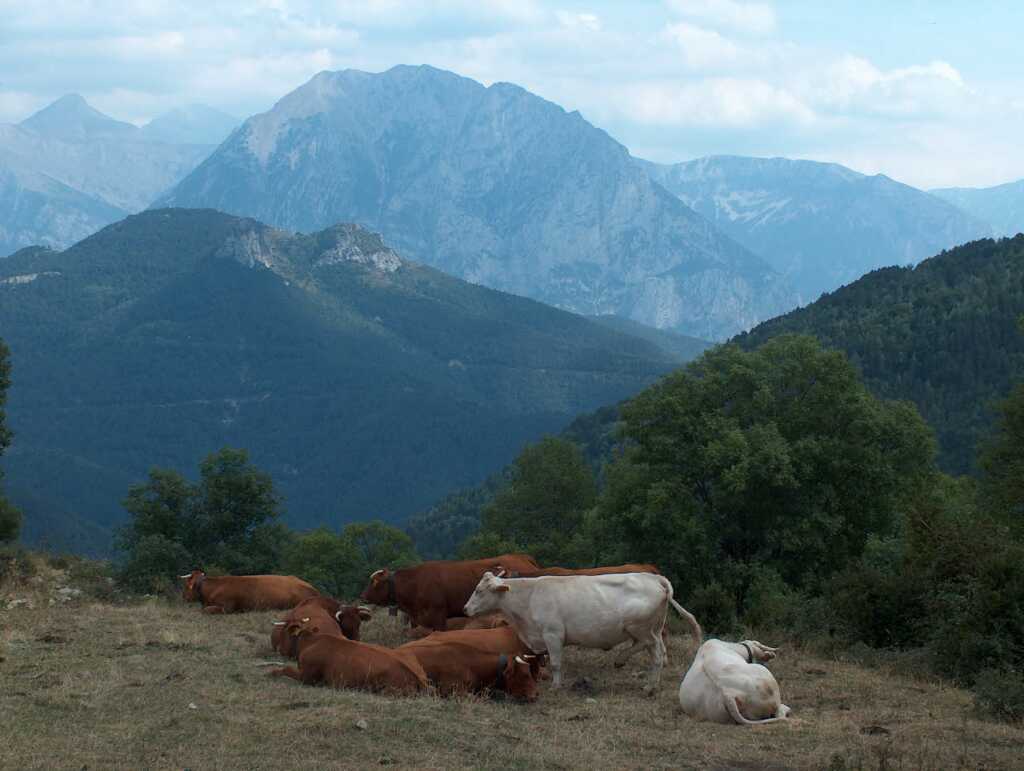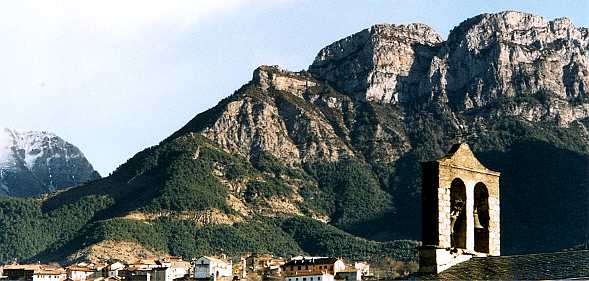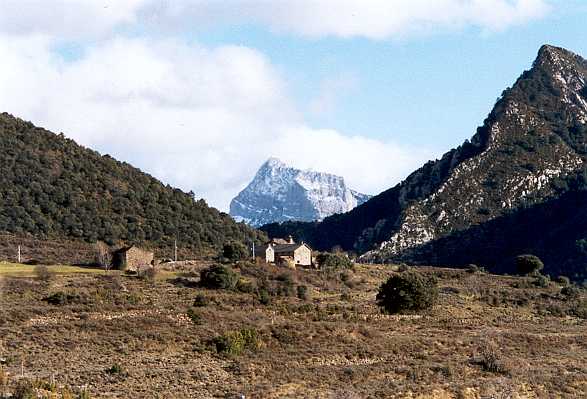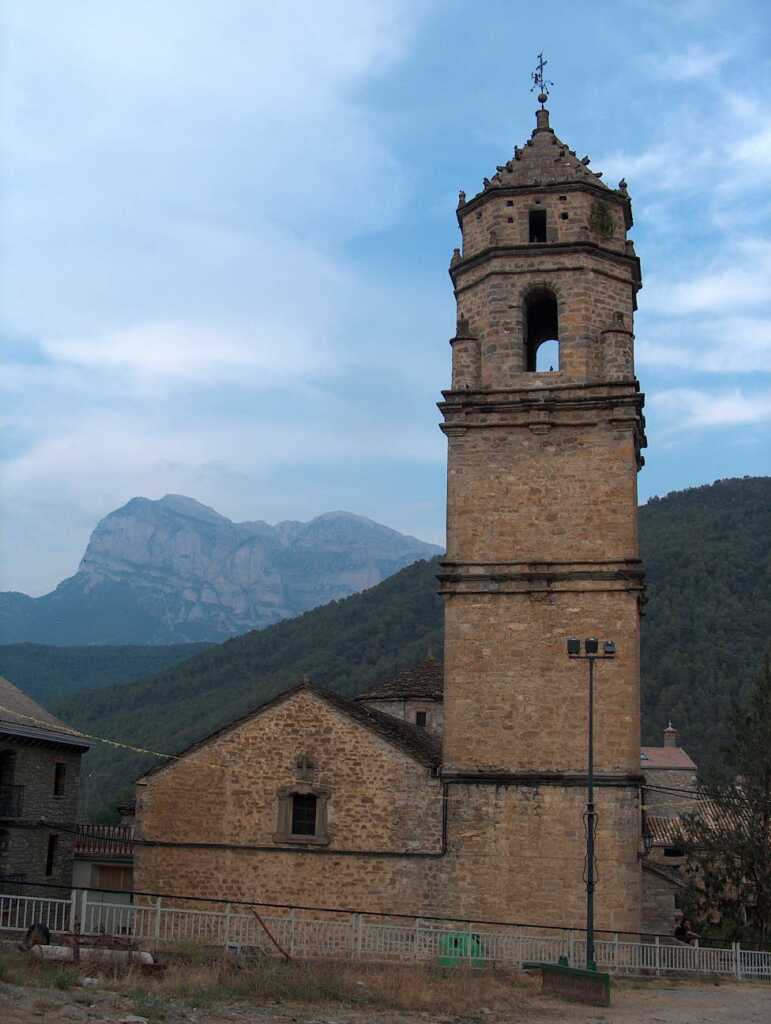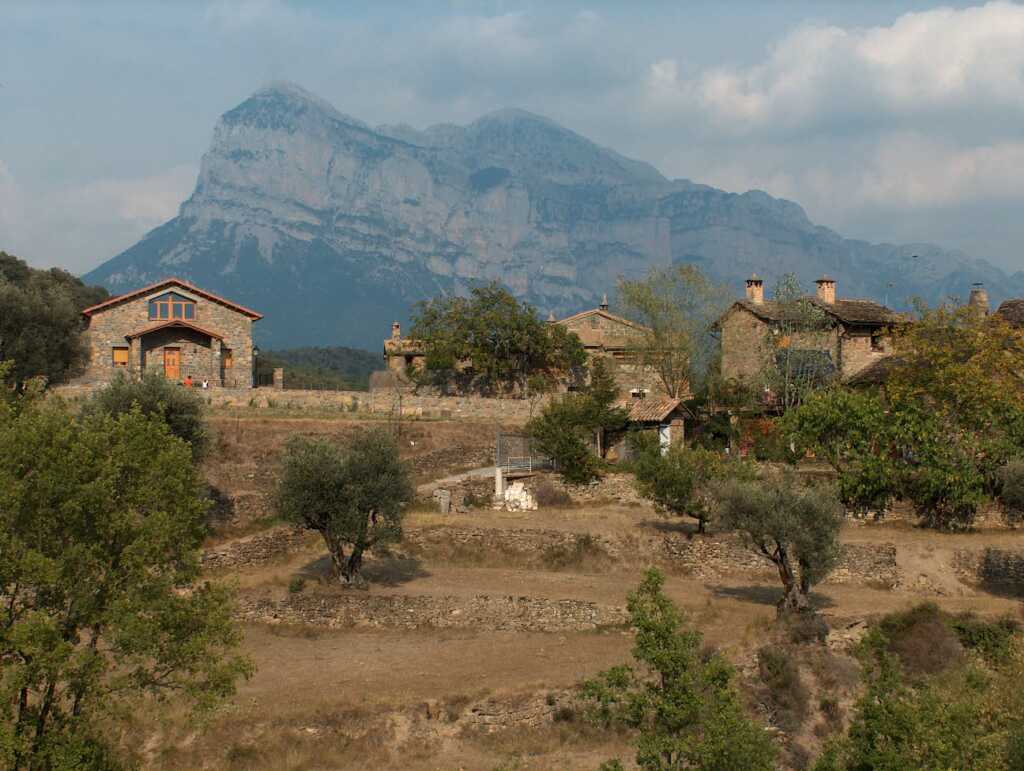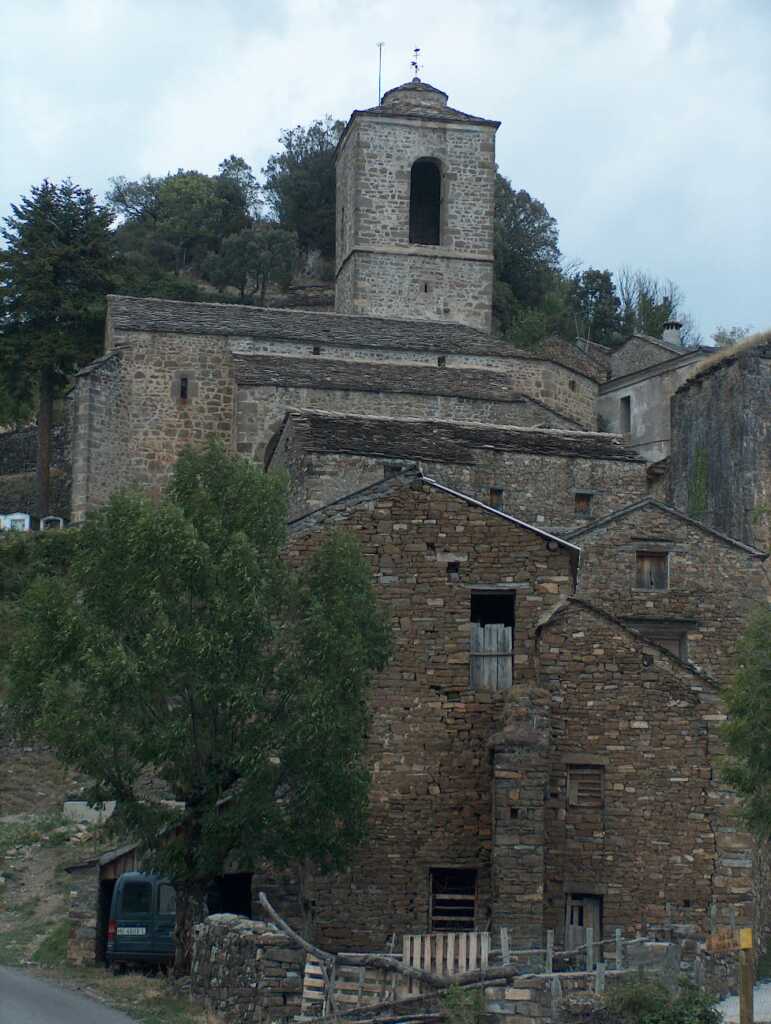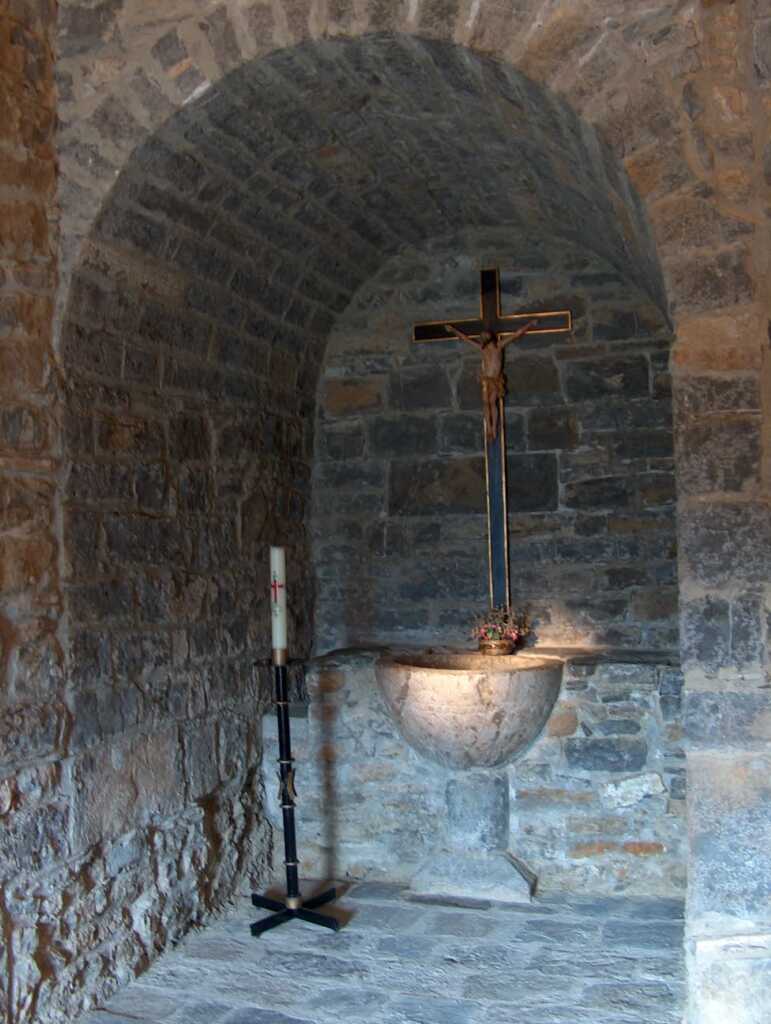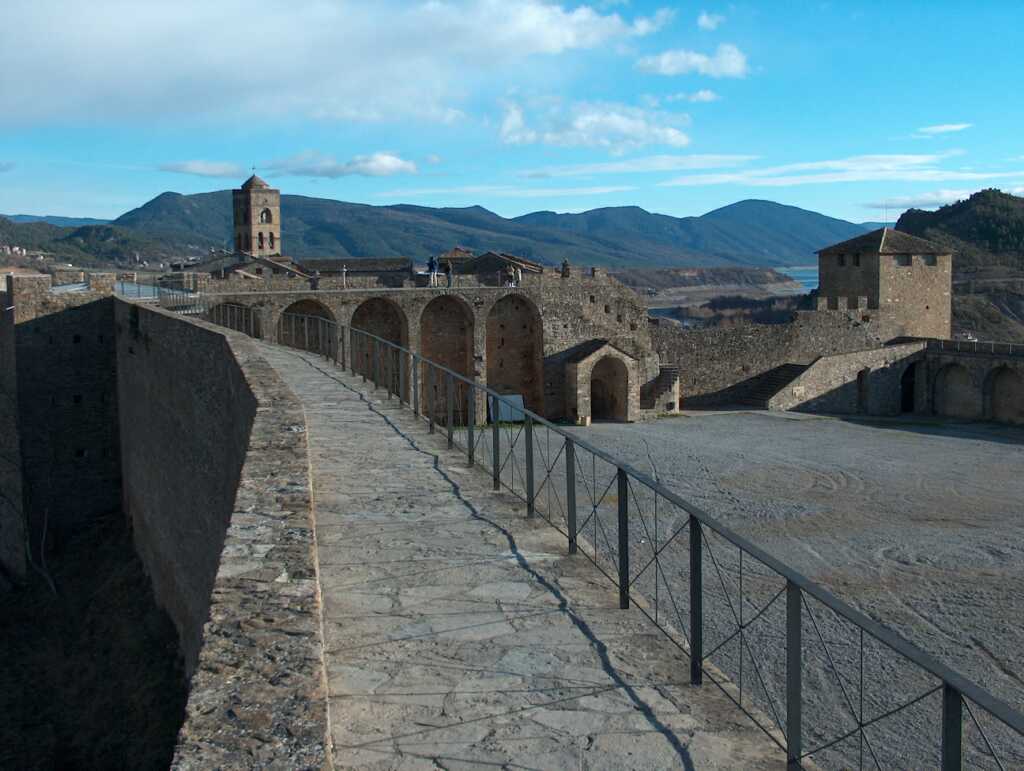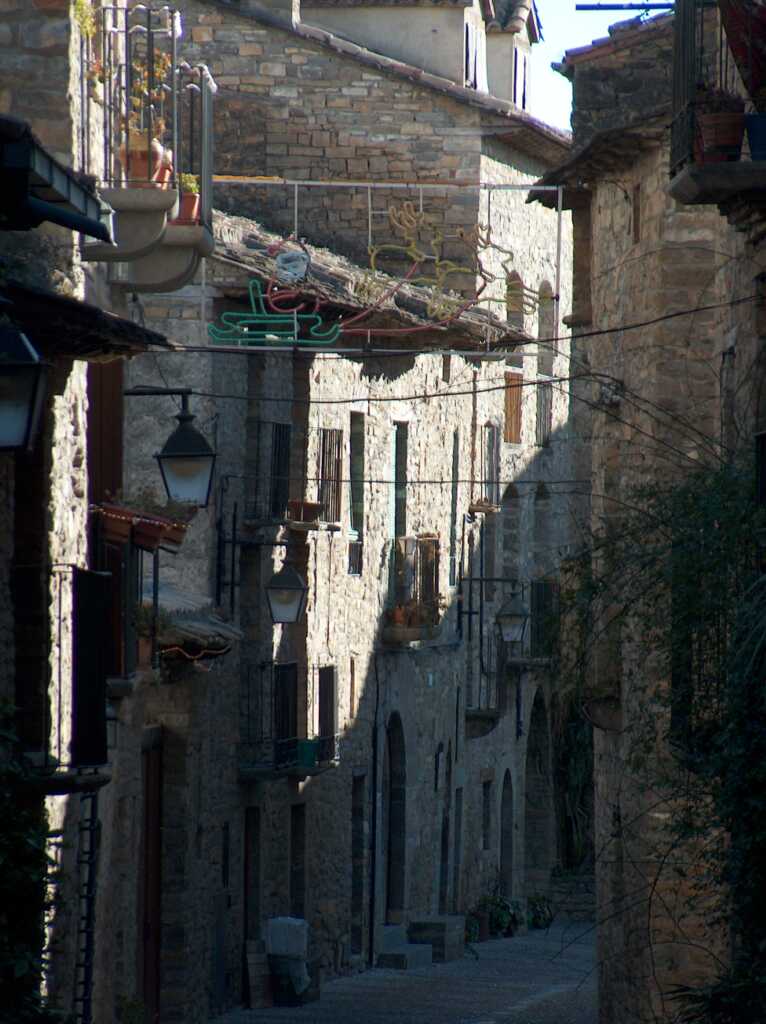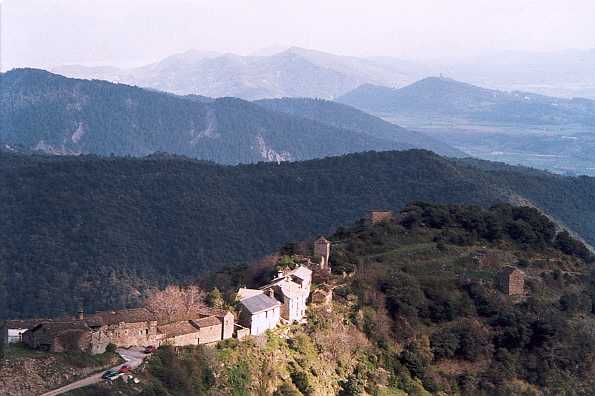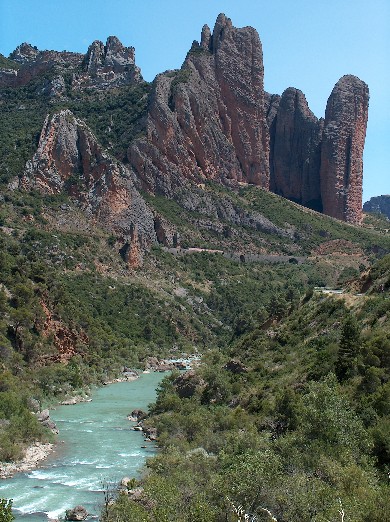
Pour qui a eu l'occasion de sortir une fois ou deux dans la région, on se prend assez facilement au jeu qui consiste à les visiter tous. En voiture, mais aussi à pieds.
The South side of Mont Perdu is really a country apart. Besides its geologic uniqueness over all the chain, which makes it the most imposant limestome massif in Europe, Monte Perdido is in a similar measure the country of the men. Unfortunately, mostly ruins are remaining, in the constellation of these villages, witnesses of the past, where the economic marasm put the last stroke, but where tourism seem to be the only hope of renewed activity... for those next to the road, at least.
For the one who had the opportunity once or twice to go out in the region, we get quite easily into the game which consists in visiting all of them. By car, but also by foot.
